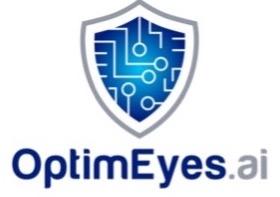Risk Modeling that Makes Industry Risk Benchmarks Meaningful and Actionable
Relevant comparisons give you context and perspective needed to assess your company’s specific threat exposure and overall risk management program performance. With this information, you can better understand strengths and weaknesses — as well as unearth performance gaps that require immediate action. You can also see trends, set priorities and goals, map progress, evaluate insurance needs, and continuously improve your enterprise risk management efforts.
Traditional industry benchmarks that are available today, unfortunately, typically provide only high-level guidance due to the generic framework applied — often based on nothing more than industry type and revenue range.
Robust, customized industry risk benchmarks, however, open the door for data-driven, fact-based reporting to senior leadership, creating the ability to make a sound case for targeted investment in risk mitigation strategies and tactics. In fact, rock-solid risk benchmarking maps three coordinates:
- The enterprise’s own risk profile and risk scores based on its unique data.
- Broad industry average risk scores.
- A narrower band of benchmark data reflecting the enterprise’s specific peer group.
The third coordinate is most valuable when it’s adjusted to take into account industry type, company size (not range), risk appetite, data assets, and other factors. It also can be customized in ways that emphasize the company’s strategic objectives.
Changing the Game of Risk with RiskOpsAI™
RiskOpsAI™’s SaaS solution uses standard industry-based risk scores as a default. It then enables companies to customize the risk-scoring model to create actual peer benchmarks and deploys artificial intelligence and machine learning to refine results over time as it’s fed more and more industry and company data. The more data sources incorporated into the model – the more precise the benchmark.
This ”inside-out” approach also uses an organization’s unique operational data to calculate and predict the financial cost — including remediation costs and annual loss expectancy — of each factor of risk across the enterprise. This generates specific, actionable insights that can be addressed promptly, before threats advance or escalate.
Combining this refined picture of the potential financial cost of specific risks with industry and peer group benchmarks provides context and perspective that enable better risk mitigation prioritization, decisions, and spending.
To hear more about this approach to industry risk benchmarks, watch this short video.
